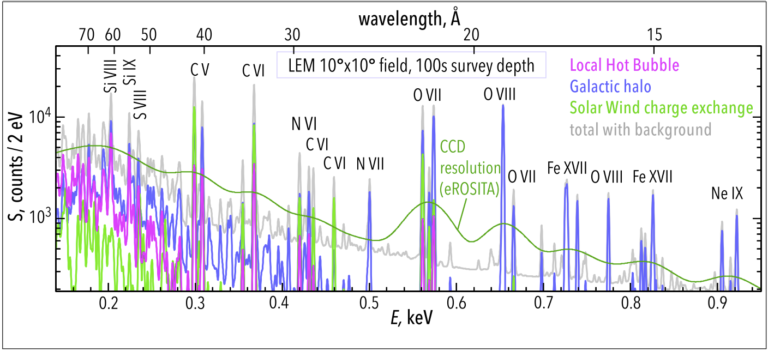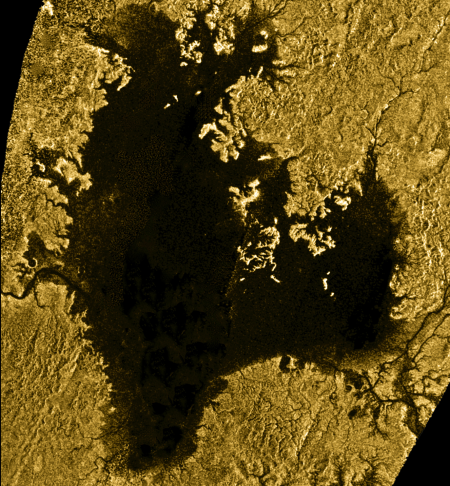

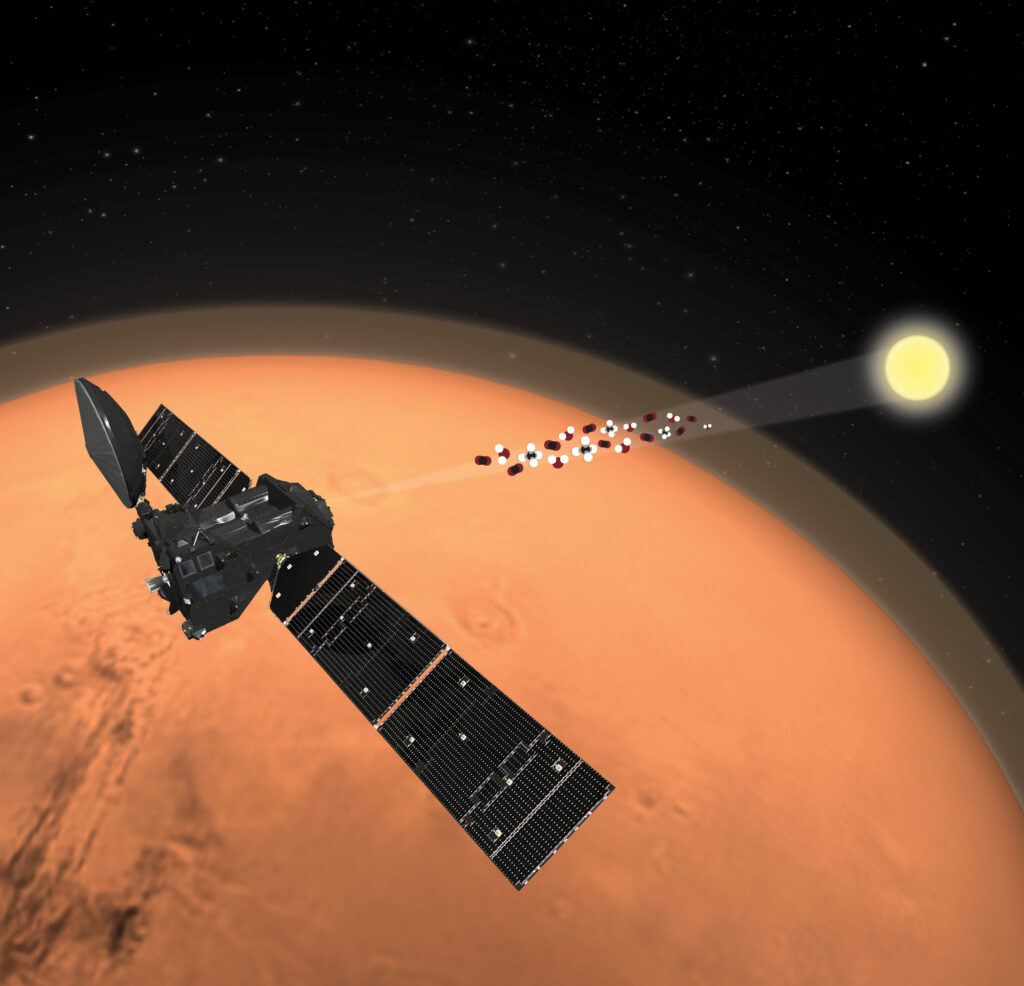
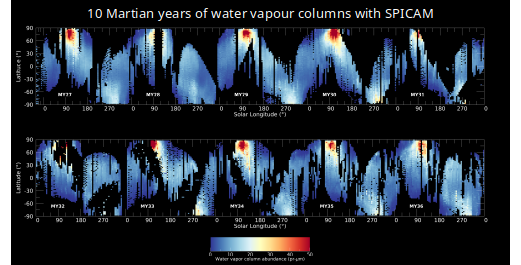

The “Planetary Atmospheres” team studies the physical and chemical processes that govern the atmospheres of the terrestrial planets (and Titan) on all time scales. It processes and analyses data from space missions (past and present) obtained by UV or infrared spectrometry. The team is also involved in the design and preparation of future missions to Mars (MMX/MIRS, 2026) and Venus (Envision/VenSpec-U, 2031). Our group also has a strong expertise in 3D modelling of the microphysics and photochemistry of these bodies.

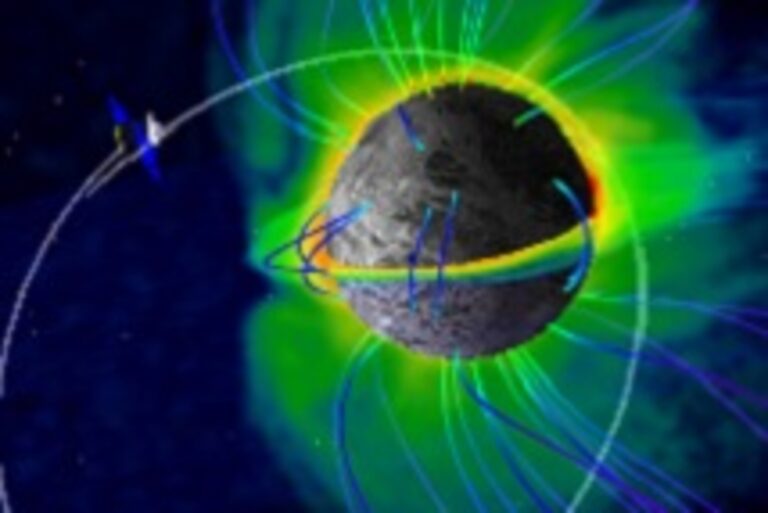
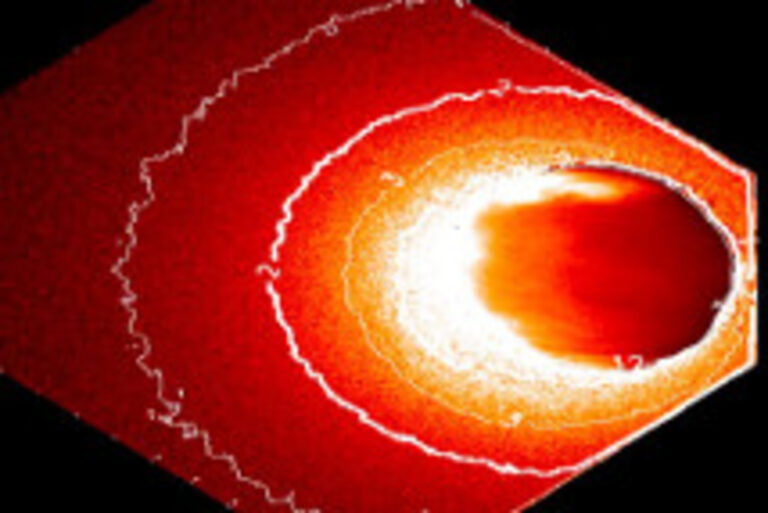
The “Planetary Environments” team studies the upper regions of the atmospheres (thermosphere, exosphere, ionosphere, magnetospheres) of solar system objects and their interaction with the surrounding plasma (planet/solar wind or satellites/magnetospheric plasma interaction) to understand, for example, the importance of atmospheric escape processes in the case of Mars. These studies are mainly carried out using UV spectroscopy, mass spectrometry and numerical models, and mainly concern Mercury, Mars, Jupiter and its satellites.

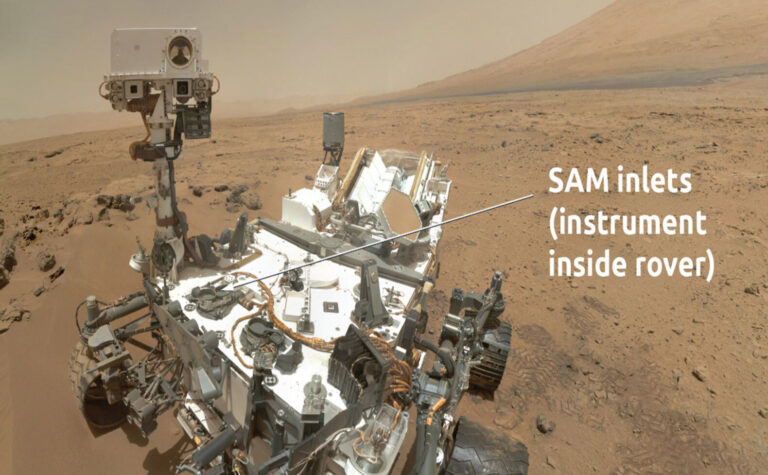


The “Exobiology and Astrochemistry” team studies the distribution of organic molecules in the Solar System and exoplanets, as well as the physical and chemical mechanisms in which this organic matter is involved. The team’s work also focuses on characterising the current or past habitability of environments in the Solar System. The ultimate goal is to understand the processes that led to the appearance of life, through chemical evolution. The team’s current objects of study cover the full range of planetary systems, from Mars to the Ocean Worlds (Titan, Europa, Enceladus, Pluto), including small bodies and temperate exoplanets. The team’s resources mainly include instrumental development for space (GC channel); processing and analysis of data returned by space missions (MSL, Cassini-Huygens, etc.); and laboratory activities to simulate or study analogues of extraterrestrial environments (atmospheric simulations, biomarker detection).

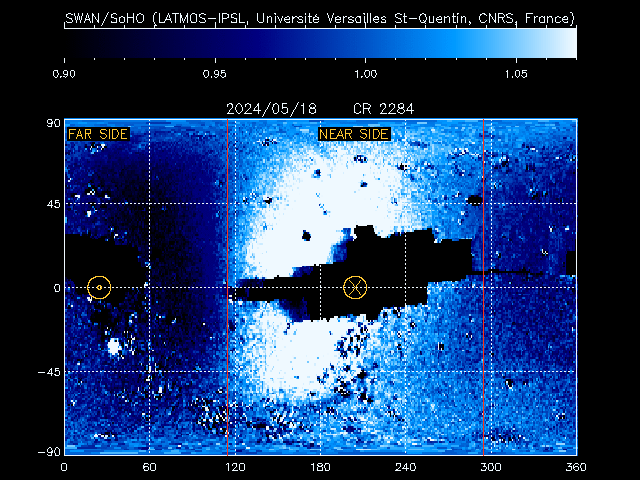
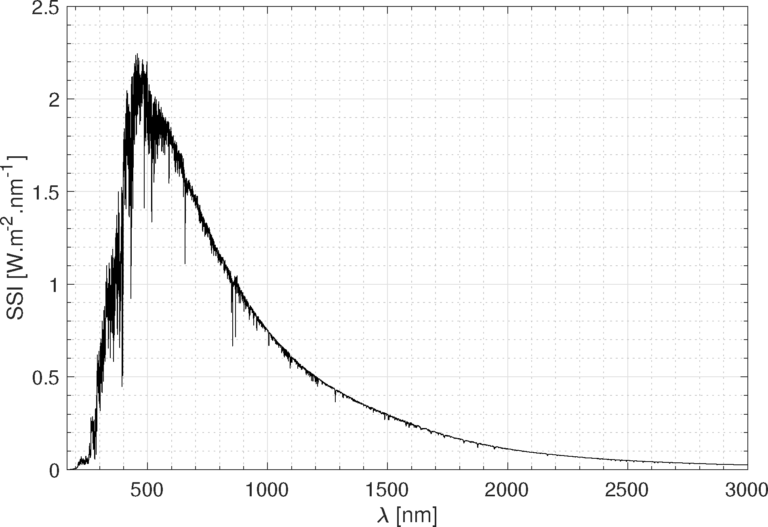
The « Heliophysics” team studies the Sun and its global environment, in particular the properties of the solar wind and its links with the heliosphere and the interstellar medium, as well as Sun-Earth interactions. The exploitation of coronography (e.g. SOHO/LASCO), UV photometry (e.g. SOHO/SWAN) and high-resolution UV and X-ray spectroscopy data, combined with numerical models, enable us to study the impact of the Sun and solar wind and their variability on the bodies of the solar system and the way in which their interactions shape the interplanetary medium.
